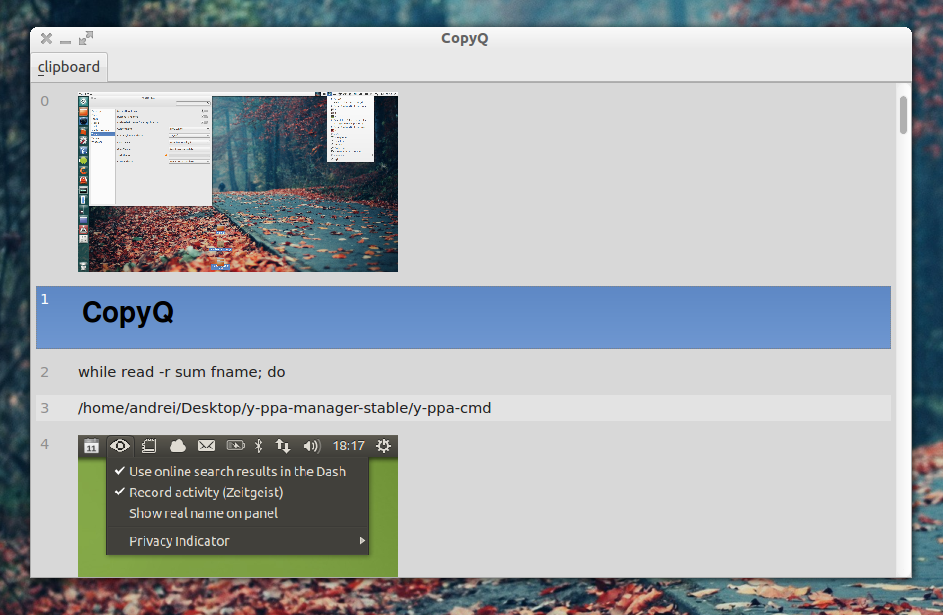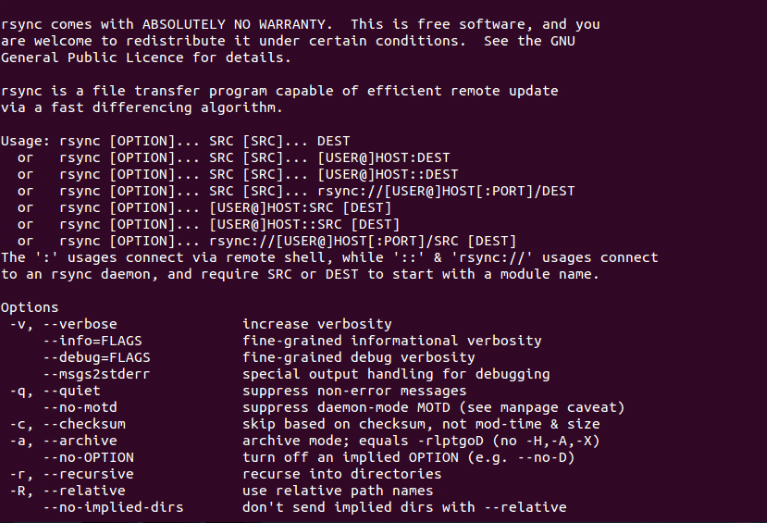

Copyq linux Pc#
Indeed while under Windows it is almost impossible to move an installation to a new PC by just copying harddrive contents or switching the harddrive between the PCs, this works amazingly well under Linux.

My current desktop computer installation was cloned from its predecessor by unplugging one of two RAID-1 mirrored disks, moving it into the new computer, creating a RAID-1 volume on the already present disk, letting the mirror resynchronize, and making the changes outlined above where applicable. See also a step-by-step cloning guide targeted at Ubuntu. Make any necessary change to the networking configuration (such as a static IP address).Ĭhange the UUID of RAID volumes (not necessary, but recommended to avoid confusion), e.g., mdadm -U uuid. Common locations are /etc/hosts (alias for 127.0.0.1) and /etc/mailname or other mail system configuration. Search for other occurrences of the host name under /etc. If you've declared module options or blacklists in /etc/modprobe.d, they may need to be adjusted for the target system.Ĭloning an installation involves the same hardware-related issues as moving, but there are a few more things to take care of to give the new machine a new identity.Įdit /etc/ hostname to give the new machine a new name.
Copyq linux install#
You should also install the proprietary driver for the target system's graphics card before moving, if applicable. in relation with a proprietary driver), it will need to be modified if the target system has a different graphics card or a different monitor setup. If you have an nf file to declare display-related options (e.g. Note that if you're copying the data rather than physically moving the disk (for example because one or both systems dual boot with Windows), it's faster and easier to copy whole partitions (with (G)Parted or dd). For the bootloader, the easiest way is to pop the disk into the new machine, boot your distribution's live CD/USB and use its bootloader reparation tool. If the disk configuration is different, you may need to reconfigure the bootloader and filesystem tables ( /etc/fstab, /etc/crypttab if you use cryptography, /etc/nf if you use md RAID). However most users won't encounter any difficulty other than nf (and even then modern distributions tend not to need it) and perhaps the bootloader. When moving, you have to take care of hardware dependencies. Moving or cloning a Linux installation is pretty easy, assuming the source and target processors are the same architecture (e.g.


 0 kommentar(er)
0 kommentar(er)
